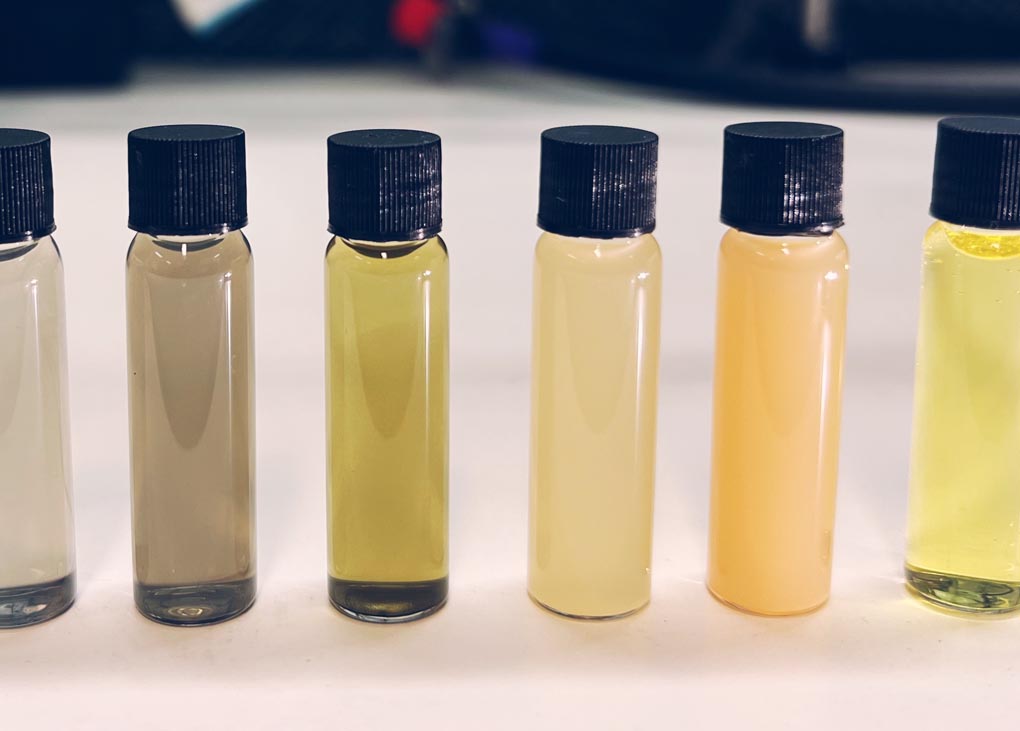A team of researchers from the University of Melbourne has developed new phase-change inks that could slash energy use in buildings through passive heating and cooling.
According to the research team, the inks can adjust the amount of radiation that passes through them based on the surrounding environment, and could be used to develop coatings for buildings.
Earlier research has explored one of the main components of phase change materials – vanadium oxide (VO₂). These materials use triggers, such as heat, electricity or some other type of strain, which would create enough energy for the material to transform itself under stress.
But the high temperatures at which the phase change occurs – at 68°C – made it impractical for passive heating and cooling on buildings.
The new research looked into how the phase change could be triggered at lower temperatures. By modifying the properties of the material to make a more strained compound, and by surrounding the molecule in glass nano-spheres, the team were able to reduce the trigger temperature to 30–40°C. At this range, the inks could certainly be used for passive heating and cooling.
“It can be laminated, sprayed or added to paints and building materials,” says Dr Mohammed Taha.
“Part of the beauty of having inks that can be applied at room temperature is that you can coat any surface. Whether it is a window, a metal such as steel or aluminium, a brick, or fabric, it’s all on the table and can be catered for depending on the need.”
The heat absorption properties can also be adjusted to suit different needs.
“For instance, we can raise the insulator-to-metal transition (IMT) to keep greenhouses warm, or set it to room temperature to keep our houses comfortable,” says Dr Taha.
“Ideally, we determine the problem and the waste first, then adapt the engineering solutions to fit those needs. Our materials give us the precision and versatility we need for the energy challenge.”
The next step involves taking the research, which has been patented by the University of Melbourne, to production. The team estimates this could take five to 10 years. And Dr Taha believes Australia would be an ideal first market.
“Australia is a great place for this kind of innovation, because we are famous for different conditions and climates that would help us engineer this for a global market,” says Dr Taha.
“We also need better thermal performance, and we need to use and grow the capability we have to truly be a leader in this technology.”
The project has been supported by the Defence Science Institute, an initiative of the Victorian government. Dr Taha says that ongoing support will be vital.
“Continuing to support fundamental research and recognising a commercialisation opportunity go hand in hand here,” he says. “A lot of researchers do what they do because they want to see their work change the lives of others, so, recognising when we are successful and can take meaningful steps toward unlocking the potential of fundamental research to better the community, we should take that chance and talk to researchers to see what the next milestone is and how we get there.
“Our materials give us that precision and versatility we need for the energy challenge.”
More information about the breakthrough is available at Melbourne of University’s Pursuit website.
 Mark Vender
Mark Vender


Leave a Reply to Davo4 Cancel reply